Here are some other famous ancient Chinese sculptures:
1. Huo Qubing’s Mausoleum Sculptures
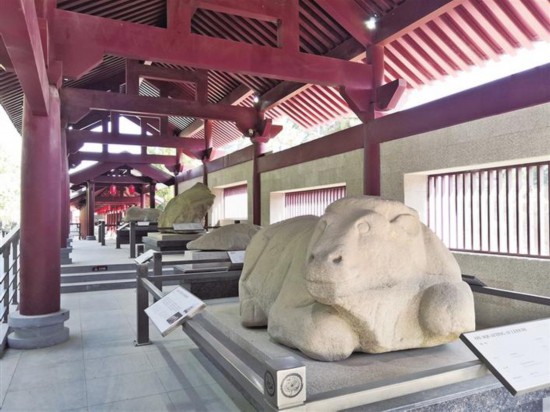
These are some of the earliest monumental stone sculptures in China, dating back to 117 BCE. They were created to honor General Huo Qubing, a military leader during the Han Dynasty. The most famous sculpture is the “Horse Trampling a Xiongnu Warrior,” which symbolizes the victory of the Han Dynasty over the Xiongnu. The mausoleum contains 16 stone sculptures in total, including tigers, boars, and other animals.
2. Sanxingdui Bronzes
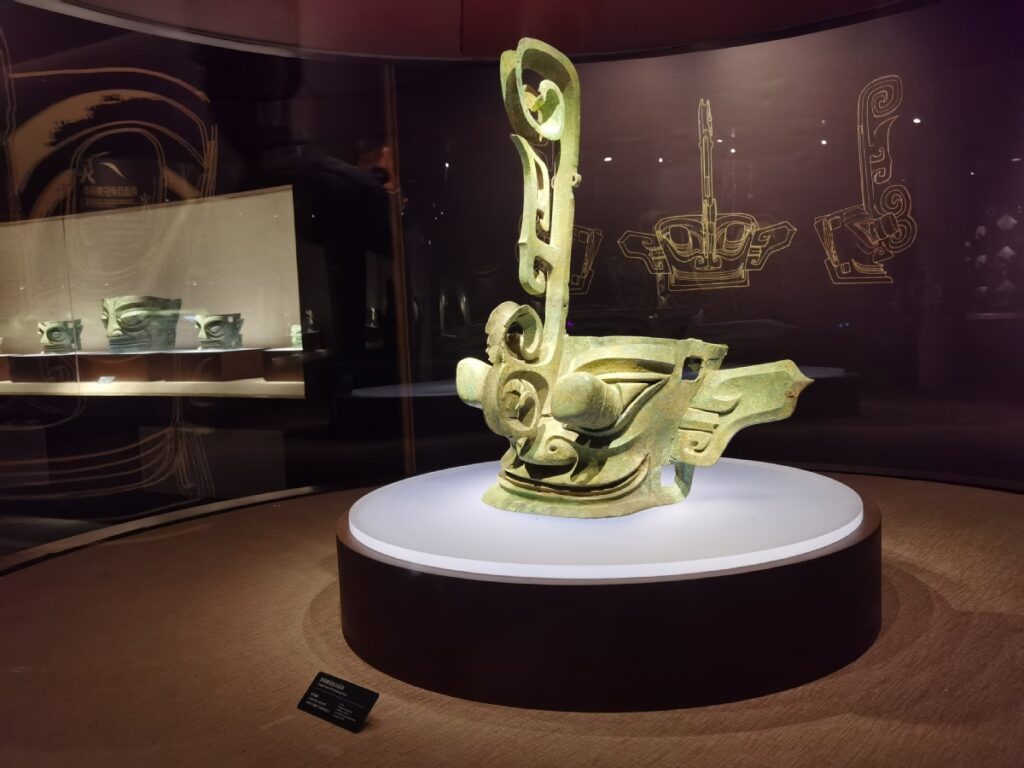
Discovered in the 1980s, these ancient bronze sculptures from the Sanxingdui culture date back to the 2nd millennium BCE. They include distinctive bronze masks with exaggerated features, ritual vessels, and statues of human figures. The Sanxingdui bronzes are notable for their sophisticated craftsmanship and unique artistic style, differing from the more familiar Shang and Zhou dynasty bronzes.
3. Longmen Grottoes
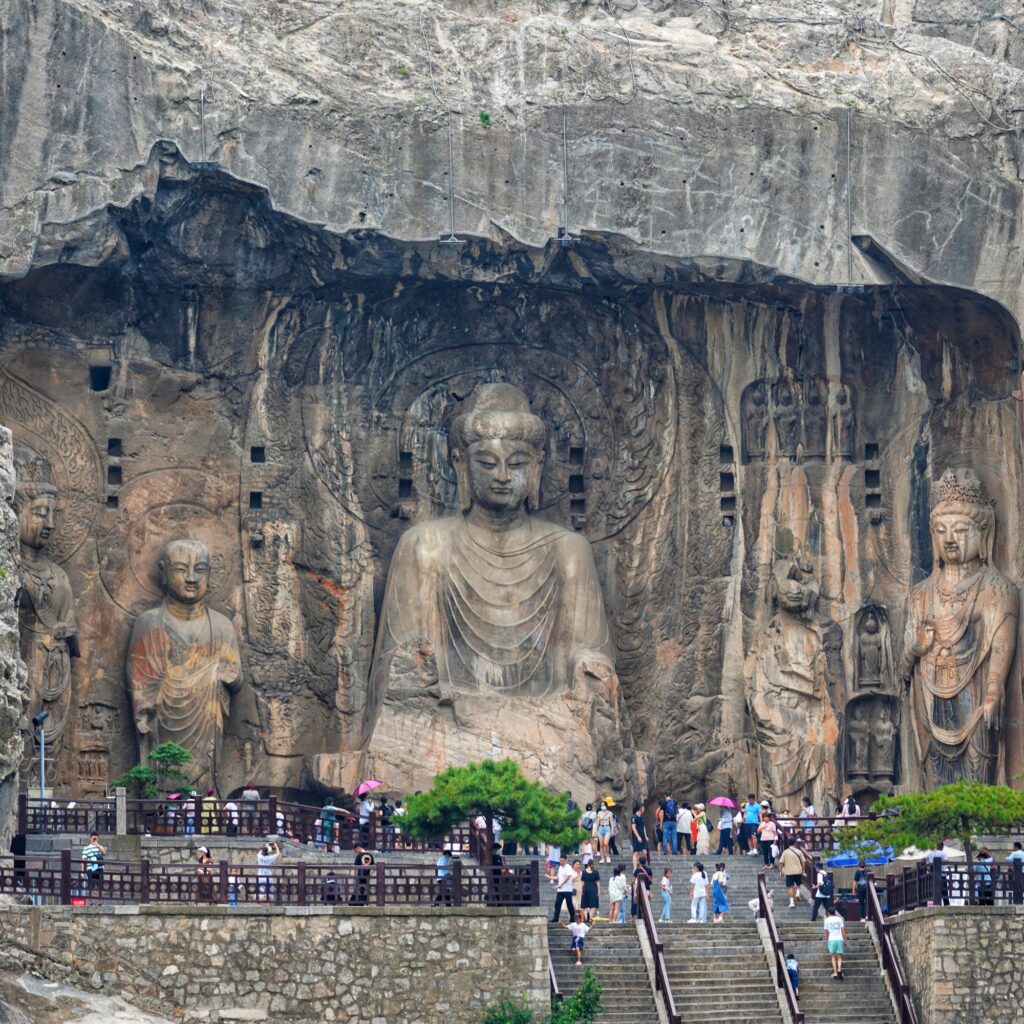
Located near Luoyang, these grottoes contain thousands of Buddhist statues carved into the cliffs. The most famous is the Vairocana Buddha at the Fengxian Temple, created during the Tang Dynasty (618-907 CE). This massive statue stands over 17 meters tall and is considered one of the finest examples of Chinese Buddhist sculpture.
4. Yungang Grottoes
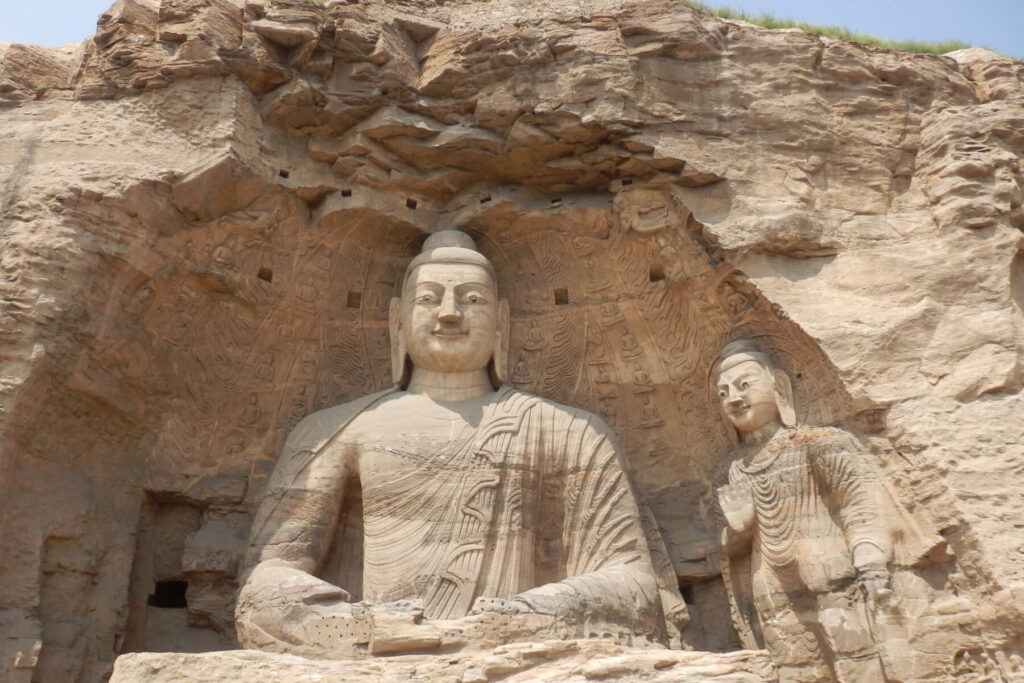
Another major site of Buddhist rock-cut sculptures, these grottoes were created during the Northern Wei Dynasty (386-534 CE). They feature large Buddha statues and intricate reliefs that showcase the development of Buddhist art in China.
5. Mogao Caves (Dunhuang)
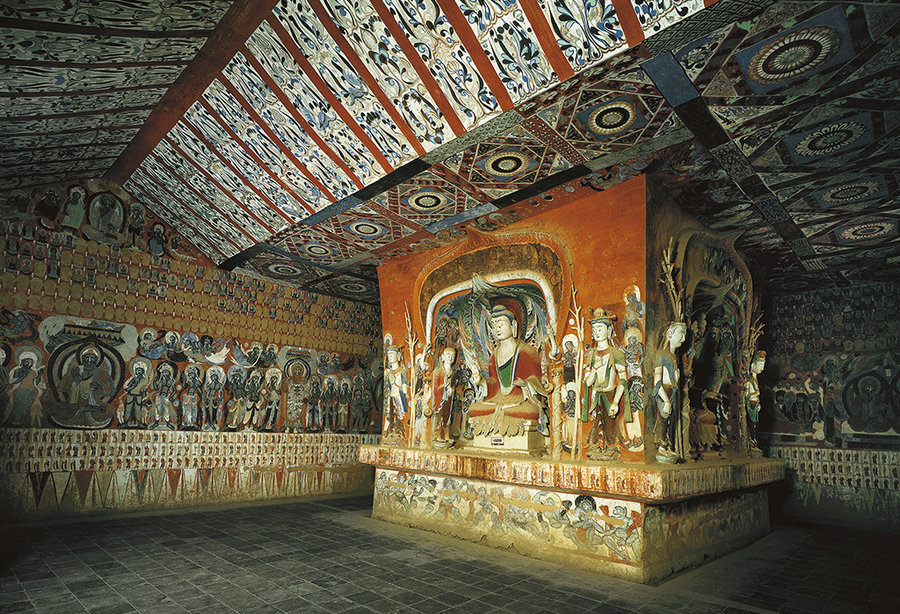
These caves contain nearly 2,500 Buddhist statues and about 45,000 square meters of murals. The sculptures date back over 1,600 years and represent a fusion of Chinese, Central Asian, and Indian artistic styles. The site is renowned for its well-preserved Buddhist art and historical significance.
6. Shang Dynasty Bronzes
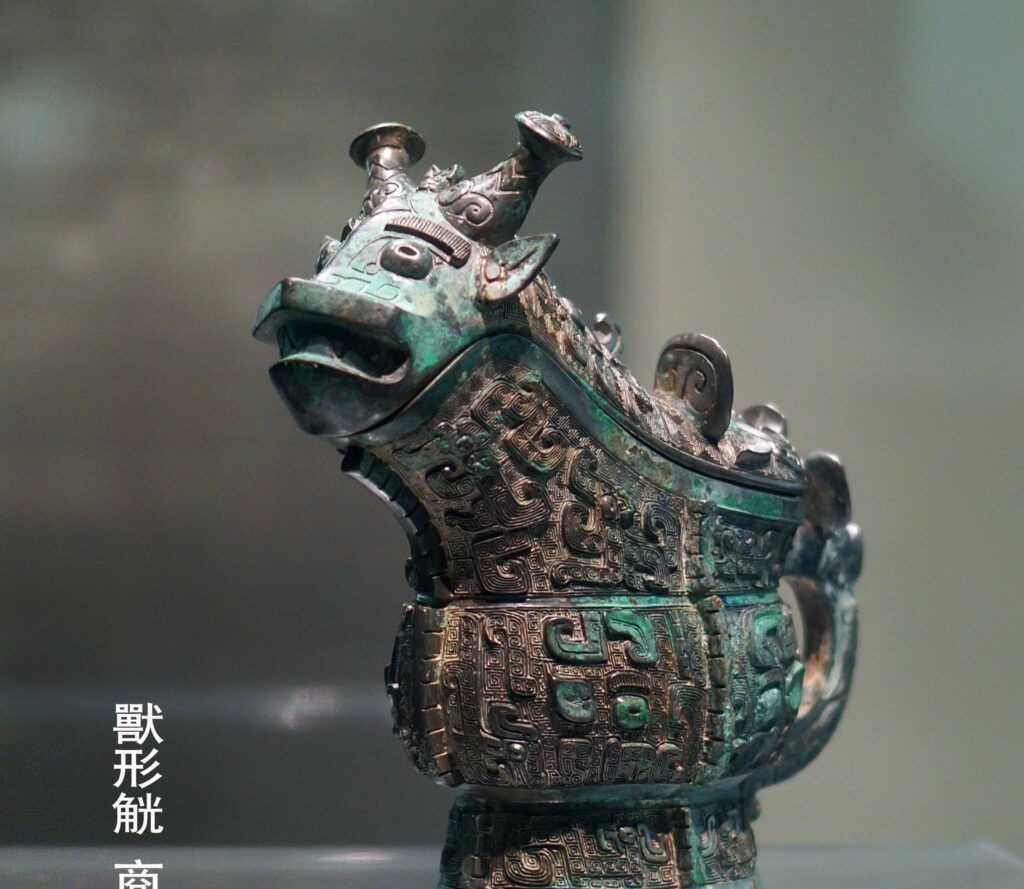
The Shang Dynasty (c. 1600-1046 BCE) is famous for its cast bronze work. Common shapes include three-legged cauldrons (ding), wine vessels (zun), and ritual objects decorated with taotie masks and other symbolic motifs. These bronzes were used in religious ceremonies and as symbols of power.
7. Han Dynasty Sculptures
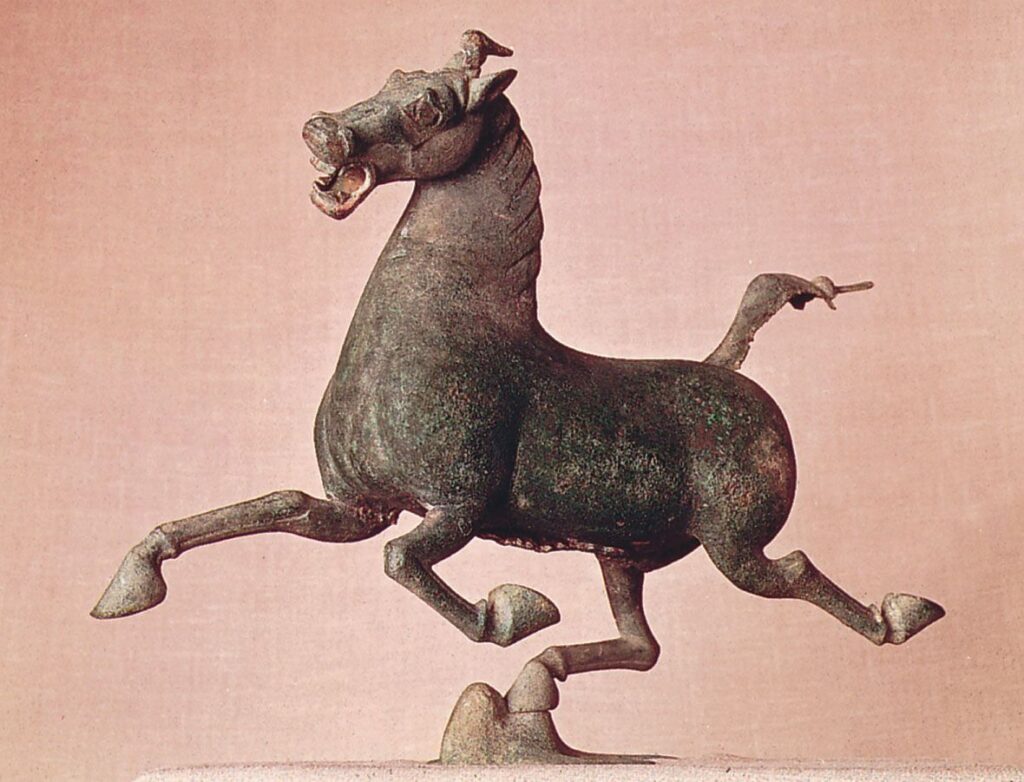
The Han Dynasty (206 BCE-220 CE) produced numerous small-scale sculptures, including terracotta figures of servants, animals, and warriors. The Flying Horse of Gansu, a bronze sculpture from the Eastern Han period, is particularly famous for its dynamic pose and artistic elegance.
These sculptures represent just a few of the many remarkable artistic achievements in ancient Chinese sculpture. Each reflects the cultural, religious, and political contexts of their time while demonstrating the sophisticated craftsmanship of Chinese artists throughout history.